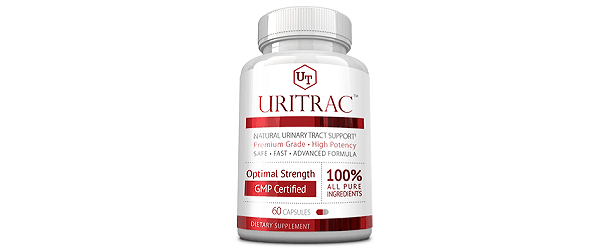
Catheter-Associated Urinary Tract Infection: Causes and Treatment
If you have a catheter, germs can travel along the catheter and cause an infection in your bladder or your kidneys, which is called a catheter-associated urinary tract infection or “CA-UTI”. Germs can enter the urinary tract when the catheter is being put in or while the catheter remains in the bladder. If germs enter the urinary tract, they may cause an infection, so people with urinary catheters have a much higher chance of getting a urinary tract infection than people who don’t have a catheter.Many of the germs that cause a catheter-associated urinary tract infection are common germs found in your intestines that do not usually cause an infection.
A urinary catheter is a thin tube placed in the bladder to drain the urine. Urine drains through the tube into a bag that collects it. A urinary catheter may be used:
- If you are not able to urinate on your own
- To measure the amount of urine that you make, for example, during intensive care
- During and after some types of surgery
- During certain medical tests of the kidneys and bladder.
Symptoms
Some of the common symptoms of a urinary tract infection are:
- Burning or pain in the lower abdomen, that is, below the stomach
- Fever
- Bloody urine
- Burning during urination or an increase in the frequency of urination after the catheter is removed.
Diagnosis
It is through testing of the urine that a CAUTI can be diagnosed and if blood cells are found in the urine then it is diagnosed as an infection. Holding in your urine increases the chances of an infection, as that results in keeping bacteria inside the bladder.
Treatment
 This infection is more dangerous that a regular UTI and therefore, an effective treatment is required to stop the infection from spreading. If the infection is severe, you may need to receive antibiotics through an intravenous line or IV.
This infection is more dangerous that a regular UTI and therefore, an effective treatment is required to stop the infection from spreading. If the infection is severe, you may need to receive antibiotics through an intravenous line or IV.
Drinking a lot of water should help to help flush bacteria out of your bladder, so if you are treating yourself at home, this may mean drinking 2 – 3 quarts of fluid a day.
Avoid fluids that irritate your bladder, such as alcohol, citrus juices, and drinks that contain caffeine.
After you have finished your treatment, you will have another urine test to make sure the bacteria are gone.
Prevention
In order to prevent the infection from happening in the first place, it is necessary to see whether there is a need for a catheter. If it is found to be absolutely necessary, then precautions should be taken to maintain hygiene, there should be regular cleaning of the skin which is near the catheter and care should be taken to clean the bag that contains the urine several times a day.
If you follow these precautions then you can reduce the chances of contracting this infection.
TOP 5
URINARY TRACT INFECTIONTreatments |
|||||
| UTI Clear | Urizol | Native Remedies UTI-Clear | Nutrition Depot Urinary Tract Support | Pure Encapsulations Cranberry NS | |
|---|---|---|---|---|---|
| 1 | 2 | 3 | 4 | 5 | |
| Price (1 bottle) Price (6 bottles) Best Value |
$49.95 $139.80 |
$47.95 $287.70 |
$29.95 $179.70 |
$30.00 $180.00 |
$27.00 $162.00 |
| Overall Rating | 99.30% | 77.0% | 72.50% | 63.20% | 61.50% |
| Effectiveness |





|





|





|





|





|
| Speed of Results | Extremely Fast | Good | Average | Slow | Slow |
| Quality of Ingredients | Premium | Good | Average | Average | Average |
| Customer Satisfaction Evaluation | 99.40% | 76.50% | 74.20% | 67.10% | 60.5% |
| Safety Evaluation | Safe for Use | Safe for Use | Safe for Use | Safe for Use | Safe for Use |
| Customer Service Rating |





|





|





|





|





|
| Reorder Rate | Highest | Good | Good | Average | Average |
| Return Policy | Risk Free | Risk Free | Good | Unopened & Restocking Fee | 30 Days + Fee |
| Success Rate | 99.60% | 78.30% | 74% | 71.10% | 68.50% |

 Subscribe Now
Subscribe Now











